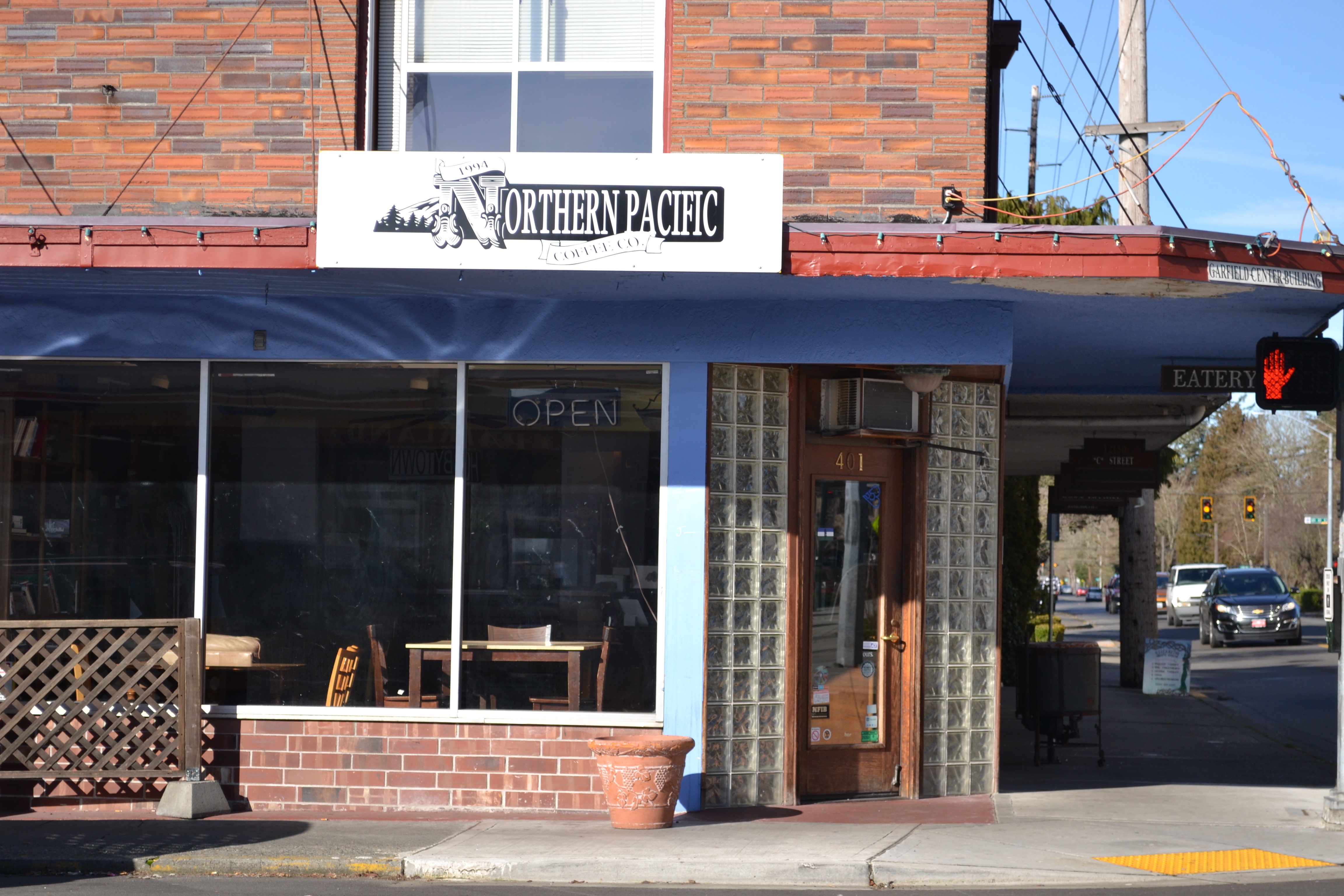By Kelsey Hilmes, Guest Writer
Wearing jeans to a Career Expo seems like an obvious mistake to me, but every semester, a few poorly prepared students violate the rules of professionalism by donning their graphic tees to meet potential employers.
Catherine Swearingen, who became the director of Career Connections in July, said students’ wearing street clothes is the biggest complaint Pacific Lutheran University hears from employers after a Career Expo.
Hoping not to make similar mistakes, I joined fellow students and Career Connections for the event “Ready … Set … Job Fair!” The event provided tips, professional advice and the opportunity to practice for the Career Expo.
“Students are young and don’t have a lot of experience networking and job seeking,” Swearingen said. “We try to give them every opportunity to present themselves the best way they can.”
For those of you who couldn’t make it to the event yourself, here are a few bits of advice from it:
1. Research the companies you want to speak with
Don’t walk up to a table and ask, “what do you do?” That may be acceptable to do at a student involvement fair, but not for professionals. Make sure you visit the Career Connections website to see what companies are coming. Select those you are most interested in and be sure to read their websites, social media profiles and any recent news articles about them. This prepares you to carry on a brief, but meaningful, conversation with recruiters.
2. Create an “A” list and “B” list
Many organizations at the Career Expo may interest you, but some will more than others. Make an “A” list of companies you are the most excited about and write down what you like about the company and what you have to offer them.
Your “B” list should be similar, but include your “second-choice” organizations. When you go to the Career Expo, you already know which tables to speak with first and what you will want to say to them. Career Connections does advise talking to one “B” list company first to get some practice before speaking with your “A” list.
3. Leave your backpack at home
As well as your sweatpants, your textbooks and your post-gym hairstyle, ditch the backpack. The only things you should take with you are your student ID card, and a nice folder with your resumes and business cards and any notes you want to consult before approaching a recruiter, also known as a padfolio. Don’t forget to go home and change into something professional before stopping by.
4. Follow-up
It can be difficult to find time to email someone you spoke with, but it makes you stand out from the crowd of 100 other students who spoke to the same person. Don’t just thank them for speaking with you, but remind them of who you are by mentioning what you discussed. Make sure to use a professional e-mail account. No one is going to open an e-mail from hellokityluvr93@aol.com. The same applies to your voicemail message — no rapping, no jokes.
Whether job hunting is routine business for your or a new and intimidating process, everyone has something more they can do to step up their game. By considering these improvements, you can build your confidence and increase your chances of building relationships and opportunities with great employers.



















